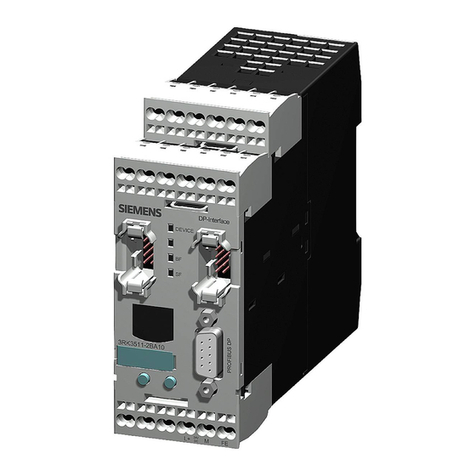4.5 ELECTRICAL INSTALLATION
WARNING: Electricity Hazard
This module generates electricity when exposed to light. Follow all applicable electrical safety precautions.
•ONLY qualified personnel may install or maintain these PV modules.
•Be aware of high DC voltage hazard when connecting the module.
•Do not damage or scratch the back surface of the module.
•Do not handle or install the module when wet.
Cabling components must be compatible with PV modules.
Series connected PV modules will have similar current. Voc value of a PV string series, should not be higher than
the maximum system voltage. (Reference the maximum system voltage value marked on the label.) The Voc
temperature coefficient characteristic and the extremely low temperature of the installation site must be taken
into account when calculating the Voc value of the PV series.
Parallel connected PV modules will have similar Voltage. Isc temperature coefficient characteristic and the
extremely high temperature of the installation site must be taken into account when calculating Isc value of PV
series.
Please refer to local regulations to identify the size, type and temperature of system cabling.
The cross-sectional area and cable connector capacity must meet the PV system’s maximum short-circuit. (For a
single component, we suggest that the cross-sectional area of the cables to be 4 mm2 and connectors’ current to
be more than 15A), otherwise the cables and connectors will overheat due to high current.
Attention please: Cables’ temperature limit is 85°C and connector’s temperature limit is 105°C.
Always consult a qualified system designer or integrator.
Building permits, inspections and approvals are usually required by the local utility.
Before installation, make sure that the connector is well protected and is it is free from foreign matter such as soil,
sand, gravel in the connector. If this is the case, it should be cleaned before installation. If the connector is
damaged or deformed connector must be replaced before use; if there is no spare connector, please contact ELIN
in a timely fashion.
Description: If you need a conversion cable, see Annex-1 for details.




























